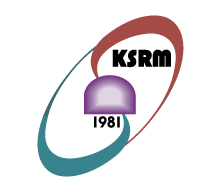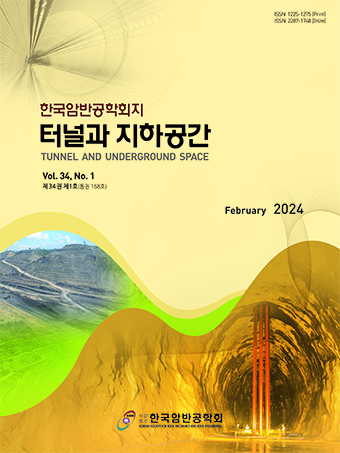Technical Note
Abstract
References
Information
Wang, J., Chen, L., Su, R., and Zhao, X., 2018, The Beishan underground research laboratory for geological disposal of high-level radioactive waste in China: Planning, site selection, site characterization and in situ tests. Journal of Rock Mechanics and Geotechnical Engineering, 10, pp. 411-435.
10.1016/j.jrmge.2018.03.002- Publisher :Korean Society for Rock Mechanics and Rock Engineering
- Publisher(Ko) :한국암반공학회
- Journal Title :Tunnel and Underground Space
- Journal Title(Ko) :터널과 지하공간
- Volume : 30
- No :2
- Pages :136-148
- Received Date : 2020-03-25
- Revised Date : 2020-04-17
- Accepted Date : 2020-04-24
- DOI :https://doi.org/10.7474/TUS.2020.30.2.136




 Tunnel and Underground Space
Tunnel and Underground Space








